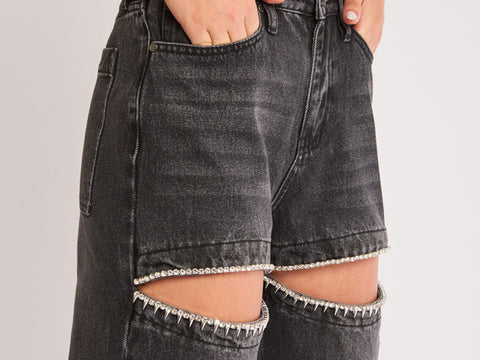Environmental awareness, especially on matters to do with clothing, is taking place all over the world. For the last ten years now, there has been an increased interest in sustainable fashion which appears to be on the brink of taking off. These changes indicate major shifts in the field encompassing a variety of issues including how goods are wrapped before sale as well as what people buy among others.

What does sustainable fashion mean?
Sustainable fashion means that designers deliver clothes that do not harm the environment and prioritize what is best for people who make our clothes. It is simply about ethics in production right from the raw materials used up until you buy it off the shelf if we may put it that way.
Even though the idea seems simple enough, sustainability means that at times, increased expenses have to be incurred hence reducing profits. Thus, for the industry to adopt sustainability all the way through, there has to be a willingness among customers to contribute towards that process financially by paying more or even shunning those businesses which pay no regard to environmental matters.
There are indicators showing that this shift in consumer perception has started especially as younger consumers with a stronger environmentalist orientation begin to dictate marketing trends.

Examples of sustainable fashion
Apparel brands can categorize their sustainable practices into four main areas.
Ethical Fashion
Production methods, working conditions, and adherence to fair trade principles are what ethical fashion centers around. No human beings or animals should suffer as a consequence of their manufacturing processes is the commitment of a business that practices ethical fashion.
Circular Fashion
With the circular fashion premise, this method promotes reuse and circulation of resources and commodities in a way that is secure, efficient, and fair. It involves processes like recycling, upcycling, and thrifting.

Slow Fashion
This is opposed to Fast Fashion. Slow fashion gives priority to the all-time span of what one wears, total product life cycle consciousness. Consequently, there are things such as swapping out clothing at no cost or renting them as well as developing top-of-the-line outfits characterized by sturdiness so that frequent substitution becomes unnecessary.
Conscious Fashion
Yet another dimension of sustainable fashion is oriented towards informing consumers with the aim of persuading them to buy eco-friendly items and engage in green fashion support.
Why sustainable fashion matters
Sustainable fashion is important because while the oil industry remains among the biggest players in the environmental pollution and sustainability degradation, the fashion industry is also a significant threat to the survival of the planet. The textile industry is accountable for 20% of worldwide industrial water pollution. This may come as a surprise but many textiles contain tiny plastic particles which may worsen our already serious microplastics problem.
Hundreds of dangerous chemicals exist in the world’s textile mills that pose risks to both the environment and employees’ health. This calls for the industry to change from its current practices and embrace sustainability as the future.
This change is very important because sustainable fashion signifies a new way of doing things that reduces environmental harm, and cares about both ecosystems and the workers in the industry just the same.
At PTCL Denim, we focus on making durable clothes made from high-quality denim that last long. They seek to lower the cycle of replacements through making clothes that can tolerate wear and tear hence promote sustainable consumption.






Comments (0)
There are no comments for this article. Be the first one to leave a message!